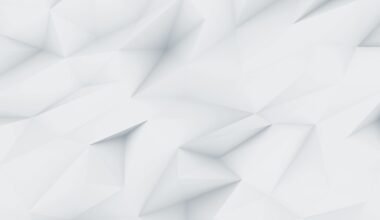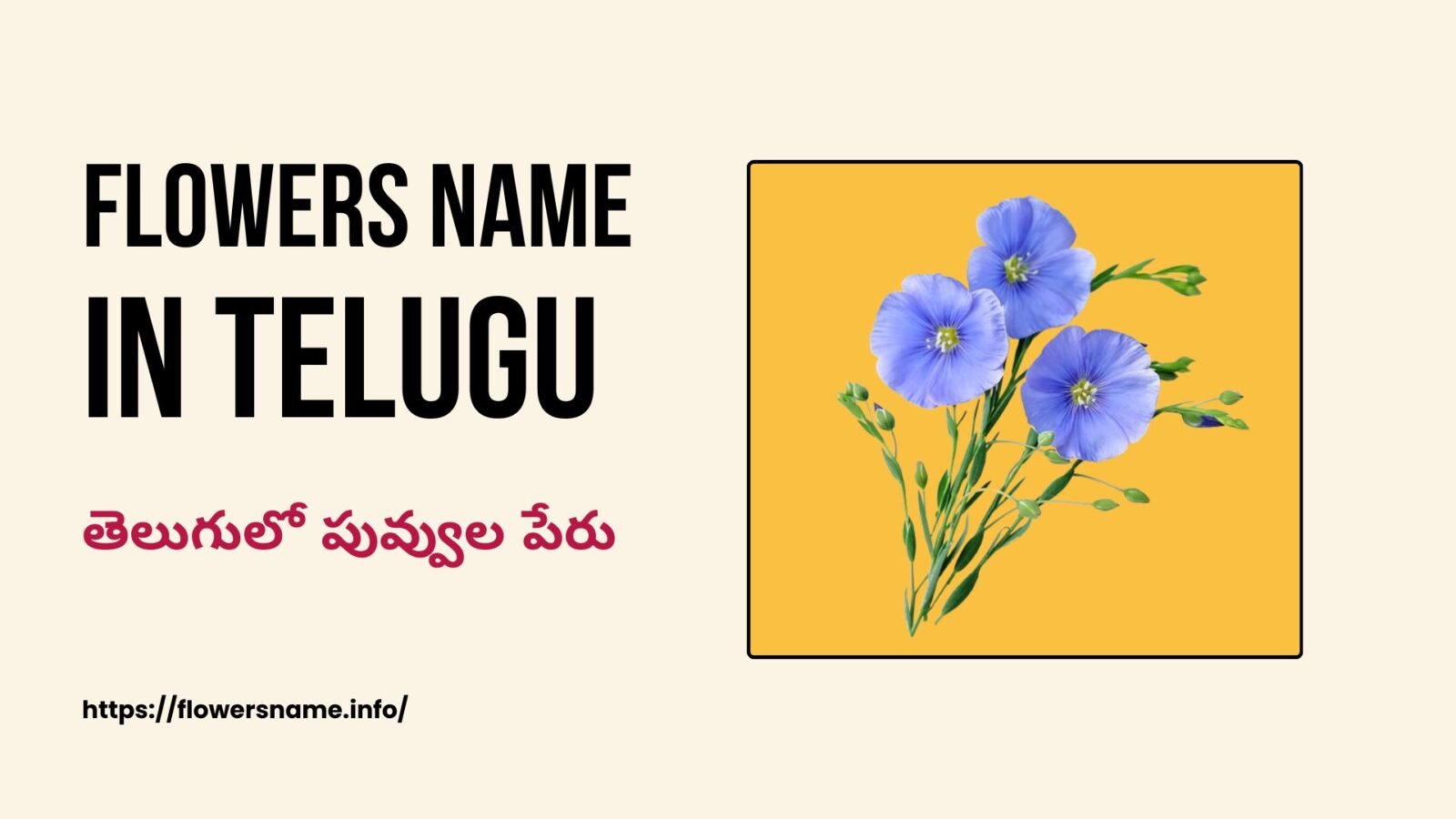The August birth flower is the Gladiolus & Poppy.
The gladiolus flower is a tall and elegant flower with sword-like leaves and a long stem that can grow up to four feet tall. The flower blooms in a variety of colors, including red, pink, yellow, orange, and white. While The Poppy flower is a delicate and beautiful bloom that has been cherished for its vibrant colors and rich symbolism for centuries. From ancient times to the present day, this flower has held a special place in the hearts and minds of people around the world.
 August Birth Flower – Gladiolus
August Birth Flower – Gladiolus
Gladiolus, also known as the sword lily or gladiola, is a popular flowering plant that belongs to the family Iridaceae. It is native to South Africa but has been widely cultivated and naturalized in various parts of the world. Gladiolus is a popular garden plant and is widely grown for its attractive, showy flowers. In this article, we will discuss in detail Gladiolus, its history, types, growing conditions, and care.
Related: Flower Names in September
History:
Gladiolus is believed to have been first discovered in South Africa in the 18th century. It was brought to Europe by explorers in the 19th century, where it quickly became popular among gardeners and horticulturists. Today, there are over 300 species of Gladiolus, and many cultivars have been developed through hybridization.
Types of Gladiolus:
Gladiolus comes in a wide range of colors, including white, pink, red, yellow, orange, and purple. There are also several different types of Gladiolus, including miniature, dwarf, and large-flowered varieties. Some of the popular Gladiolus varieties are:
- Large-flowered Gladiolus: As the name suggests, this type of Gladiolus produces large, showy flowers in a wide range of colors. They can grow up to 6 feet tall and require staking to prevent them from toppling over.
- Miniature Gladiolus: These are smaller varieties of Gladiolus, with shorter stems and smaller flowers. They are ideal for planting in pots or in small garden spaces.
- Dwarf Gladiolus: These are the smallest variety of Gladiolus, with a height of up to 2 feet. They produce small flowers in clusters and are ideal for planting in borders or in rock gardens.
Growing conditions:
Gladiolus is a relatively easy plant to grow and can thrive in a wide range of conditions. They require well-draining soil, plenty of sunlight, and regular watering. Here are some tips for growing Gladiolus:
- Soil: Gladiolus grows best in well-draining soil that is rich in organic matter. If the soil is heavy or clay-like, add some sand or perlite to improve drainage.
- Sunlight: Gladiolus requires plenty of sunlight to grow and produce flowers. Plant them in a spot that receives at least 6-8 hours of direct sunlight each day.
- Watering: Gladiolus requires regular watering, especially during the growing season. Water them deeply once a week, and more often during hot, dry weather.
- Fertilizer: Gladiolus requires regular feeding to produce healthy growth and flowers. Apply a balanced fertilizer once a month during the growing season.
Care:
Gladiolus requires regular care to ensure healthy growth and abundant flowers. Here are some tips for caring for Gladiolus:
- Staking: Large-flowered Gladiolus requires staking to prevent the tall stems from toppling over. Use bamboo stakes or other supports to keep the plants upright.
- Deadheading: Remove spent flowers regularly to encourage the plant to produce more blooms.
- Pests and diseases: Gladiolus is relatively pest and disease-free, but can be susceptible to thrips, spider mites, and fungal diseases. Monitor the plants regularly and treat any problems promptly.
- Storage: In areas with cold winters, Gladiolus corms can be dug up and stored over the winter.
Uses of Gladiolus
Gladiolus has many uses beyond its ornamental value as a garden plant. Here are some of the different ways that Gladiolus is used:
- Cut Flowers: Gladiolus is a popular cut flower, prized for its long stems and showy flowers. The flowers can last up to two weeks in a vase and are often used in floral arrangements and bouquets.
- Medicinal Uses: In traditional medicine, Gladiolus corms and roots have been used to treat a range of ailments, including coughs, sore throats, and diarrhea. However, there is limited scientific evidence to support these uses.
- Food Uses: In some parts of Africa, Gladiolus corms are used as a food source. The corms are boiled or roasted and are said to taste similar to potatoes.
- Dyeing: Gladiolus flowers can be used to create natural dyes in shades of yellow, orange, and red. The flowers are boiled to extract the pigments, which are then used to dye fabrics and yarns.
- Decorative Crafts: Gladiolus flowers can be dried and used in a variety of decorative crafts, such as wreaths, garlands, and potpourri.
- Symbolism: Gladiolus has a rich symbolic history and is associated with a variety of meanings, including strength, integrity, and remembrance. The flower is often used in funeral arrangements and is also a popular gift for birthdays, anniversaries, and other special occasions. In some cultures, Gladiolus is also considered a lucky flower.
In conclusion, Gladiolus is a versatile and beautiful plant with a wide range of uses. Whether you’re growing them in your garden, using them in floral arrangements, or exploring their medicinal or culinary uses, Gladiolus is a plant with many benefits and applications.
 Poppy: The Delicate and Beautiful Flower
Poppy: The Delicate and Beautiful Flower
Poppy is a delicate and beautiful flower that belongs to the family of Papaveraceae. The flower is native to the northern hemisphere, and it is widely cultivated for its medicinal and ornamental properties. The poppy flower has a unique appearance and a fascinating history. In this article, we will explore the different aspects of poppy and its significance.
Overview of Poppy Flower
The poppy flower is a herbaceous plant that grows up to 4 feet tall. The flower has a distinctive cup-shaped structure with four to six petals. The petals are usually red, orange, pink, or white in color, with a dark center. The flower blooms in late spring to early summer and is often used in gardens, parks, and landscapes for its beauty and colorful display.
Poppy Flower Symbolism
The poppy flower has been a symbol of different meanings and significance in various cultures and traditions. Some of the popular symbolism of poppy flower includes:
- Remembrance: In many countries, poppy flowers are used as a symbol of remembrance for soldiers who died in wars. This practice began after World War I when the poem “In Flanders Fields” was written, which mentions the poppies that grew on the battlefields.
- Sleep and Peace: The poppy flower is often associated with sleep and peace, and it is believed that the flower has a calming effect on the mind.
- Love and Beauty: The poppy flower is also used as a symbol of love and beauty in some cultures, and it is often given as a gift on special occasions.
Uses of Poppy Flower
The poppy flower has a wide range of uses, including medicinal and ornamental purposes. Some of the popular uses of poppy flower include:
- Medicinal Uses: The poppy flower is the source of opium, which is used as a painkiller and sedative. Morphine, codeine, and other opioids are derived from opium and are used for medicinal purposes.
- Ornamental Uses: The poppy flower is widely used in gardens, parks, and landscapes for its beauty and colorful display. The flower is easy to grow and requires little maintenance, making it a popular choice for gardening enthusiasts.
- Culinary Uses: The poppy seeds are used as a condiment in cooking and baking. The seeds have a nutty flavor and are often used in bread, cakes, and pastries.
Poppy Flower Cultivation
The poppy flower is easy to grow and requires minimal maintenance. The flower grows well in well-drained soil and full sunlight. The seeds should be sown in late fall or early spring, and the plants should be watered regularly. The flower blooms in late spring to early summer and should be deadheaded to promote new growth.
Conclusion
The Poppy is a delicate and beautiful flower that has a fascinating history and significance. The flower has been used for medicinal, ornamental, and culinary purposes for centuries. The poppy flower is also a symbol of different meanings, including remembrance, sleep, peace, love, and beauty. Whether you are a gardener, a history enthusiast, or someone who appreciates beauty, the poppy flower is a worthy addition to your collection.







